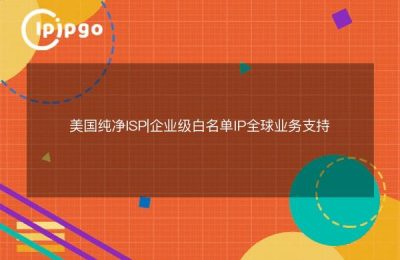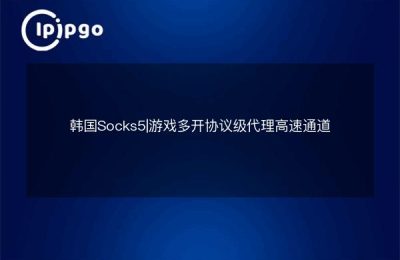
Proxy IP pool monitoring alarm system core three elements
The first step in building a monitoring and alerting system is to defineFrequency of data collection, rules for determining anomalies, alarm response mechanism.. Taking ipipgo's residential IP resources as an example, it is recommended to collect IP response speed, availability status and geographic location data every 30 seconds. By setting thresholds for different business scenarios (e.g., e-commerce business requires a response speed of ≤800ms), the system can automatically trigger hierarchical alarms.
Visual Dashboard Building Hands-On
It is recommended to use a combination of Grafana+Prometheus to build the visualization interface. Focus on configuring the three core panels:
- Real-time IP survival heat map (colored by country/region)
- Line graph of response rate trends (with anomalous fluctuation points labeled)
- Protocol type distribution ring (showing HTTP/HTTPS/SOCKS5 share)
When using ipipgo's Dynamic Residential IP, it is recommended to set up a separateIP Replacement Frequency Tracking CurveThis is especially important for businesses that need to maintain a steady stream of sessions.
Smart Alert Rule Setting Tips
| Monitoring Indicators | Primary Threshold | emergency threshold |
|---|---|---|
| response time | 3 consecutive >1s | Single >3s |
| availability rate | 1 hour <95% | 10 minutes <80% |
| geographic variation | Target Area IP<50% | Target Area IP<30% |
For the 90 million + residential IP resources provided by ipipgo, it is recommended to enable theGeographic cascade alertsFunction. When a large number of IPs in a region fail, automatically switch the IP pool of the alternate region.
System Landing Frequently Asked Questions QA
Q: How much server resources do I need to build my own monitoring system?
A: daily monitoring of 1 million requests scenario, 2-core 4G server can meet, ipipgo provides a dedicated API interface can reduce 30% resource consumption
Q: How do I handle sudden IP failures?
A: It is recommended to configure a three-stage response mechanism: automatic switching (within 30 seconds) ¡ú Supplemental new IP (within 5 minutes) ¡ú Manual verification (after 1 hour), with ipipgo's high-availability API can ensure 99.9% continuous availability rate
Q: How to verify the accuracy of monitoring data?
A: Perform manual sampling and testing three times a week, focusing on comparing the ipipgo background data with the self-built system record deviation, the normal error should be controlled within ±3%
Key Points for Long-Term Operation and Maintenance
It is recommended that three maintenance items be performed on a monthly basis:
1. Clean up monitoring logs from 30 days ago (keep samples of important events)
2. Calibration of geo-location database (ipipgo updates the IP library on a monthly basis)
3. Optimization of alarm rules (analysis with reference to historical alarm data)
By interfacing with ipipgo's intelligent scheduling system, it can realize theAutomatic isolation of faulty IPs → Intelligent replenishment of new IPs → Service quality analysis report generationThe complete closure of the loop.
In the whole process of system construction, choosing a reliable proxy IP service provider is the cornerstone of success. ipipgo supports full protocol access, provides multi-language SDK, and its dynamic IP pool has the following featuresAutomatic elimination of failed nodes, intelligent load balancingThe features of ipipgo can significantly reduce the complexity of system operation and maintenance. It is recommended to make full use of ipipgo's real-time debugging interface in the initial testing phase to quickly establish a monitoring model that meets the business characteristics.








